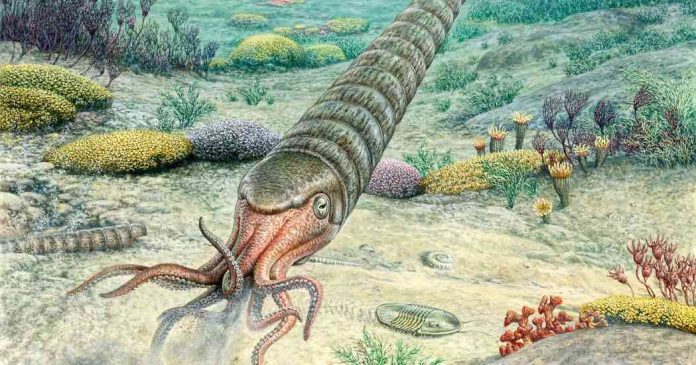Short-range cell signaling is key in maintaining the extreme form of cellular reproducibility in the development of ascidians – a group of marine invertebrates closely related to vertebrates, also known as sea squirts. Using a new method for evaluating individual cells in live ascidian embryos, researchers discover that precise areas of cell-to-cell contact are required for the induction of invariant embryonic cell lineages, suggesting that the range of cell signaling events sets the limits for reproducibility during embryogenesis and may help explain the observed variability across the animal kingdom.
For the vast majority of animal species, early embryonic development follows a strict reproducible cellular program, which ensures that a complex organism’s vital tissues and organs are precisely engineered. Although variable, for most species, highly regimented cell-fate rarely lasts beyond the first few cell divisions during embryogenesis, as the increasing number of cells within the organism become more random in their behavior. But for ascidians, this reproducibility is maintained during later developmental stages. What’s more, it’s remained largely unchanged since the emergence of the group around 400 million years ago, even between distantly related sea squirt species. Because of the unique evolutionary conservation of ascidian embryogenesis, they offer a valuable model to investigate the yet-unknown mechanisms maintaining and constraining cellular reproducibility. Using a new method that combines lightsheet microscopy and an automated image processing algorithm called ASTEC, Léo Guignard and colleagues recorded the development of ten ascidian embryos every two minutes across key stages of embryonic development. While the long-term tracking of cells during embryogenesis has proved difficult, the new approach allowed Guignard et al. to create digitized versions of each cell, recording a comprehensive and dynamic atlas of the lineages, positions and behaviors of individual cells across the entire embryo. The findings revealed a close link between cell induction and the arrangement of homologous cells.
Further experimental modeling and manipulations suggest that the cell-to-cell contact between signaling and responding cells is crucial for cell communication, indicating that range of cell signaling could be a limiting factor that sets the scale at which embryonic reproducibility is maintained.















